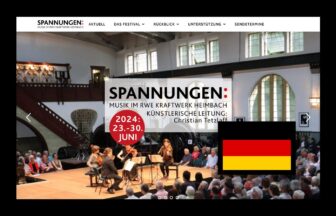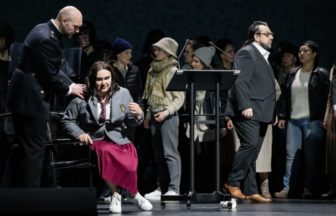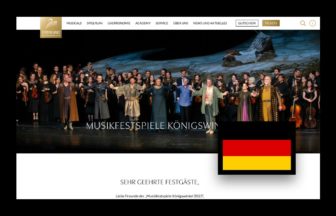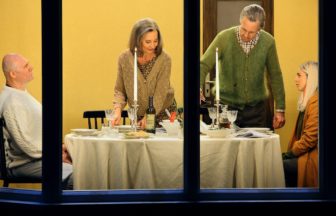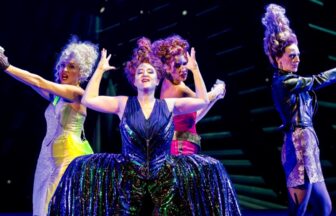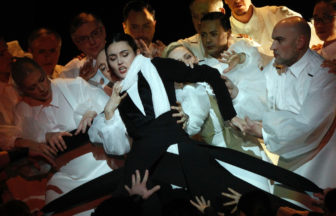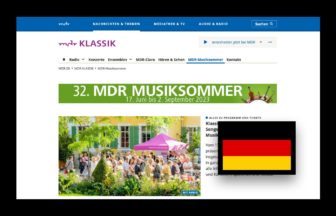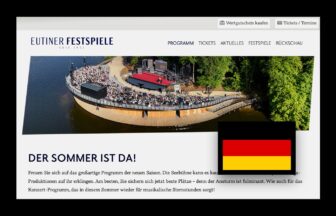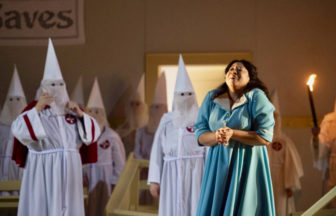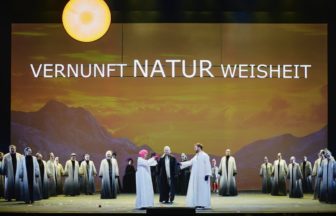NAME:Oper Leipzig
CITY:Leipzig … GERMANY
FOUNDED:1693
CAPACITY:1,273
[Oper Leipzig]https://www.oper-leipzig.de/en/
GENERAL DIRECTOR / MUSIC DIRECTOR:Ulf Schirmer(2009-)
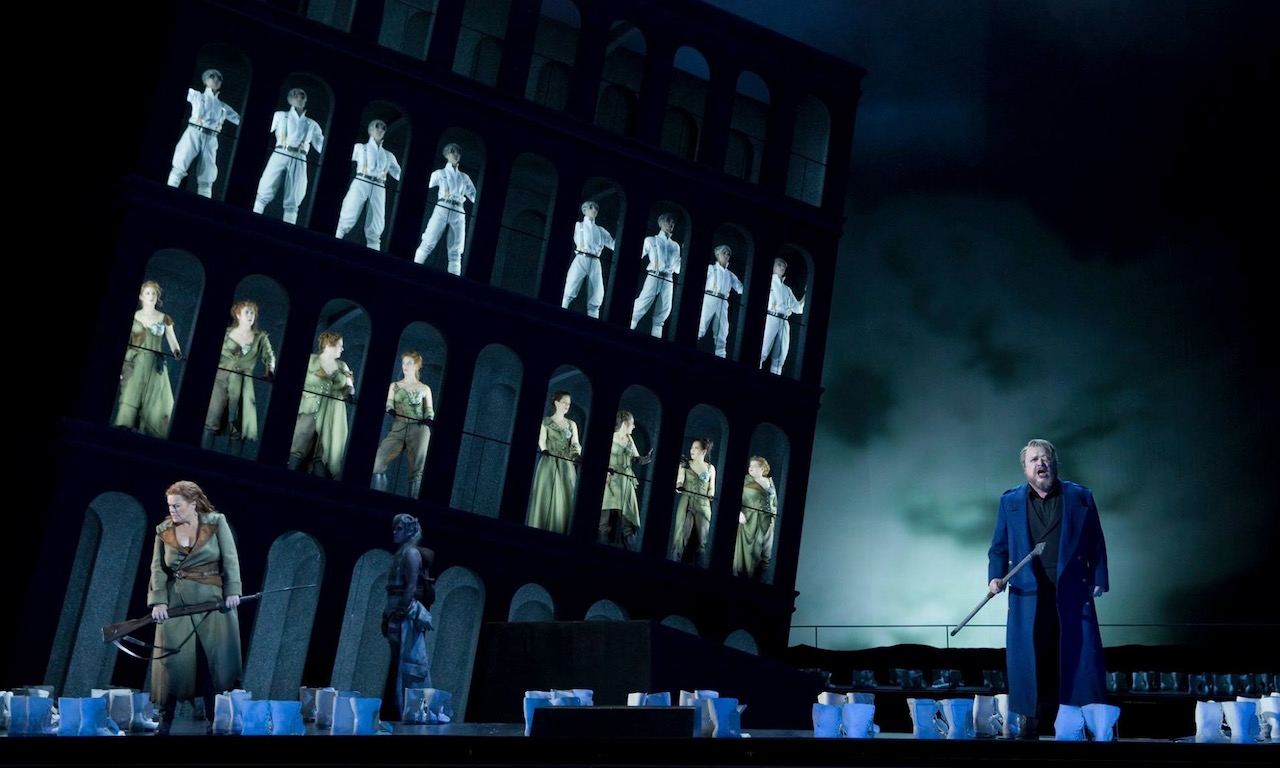
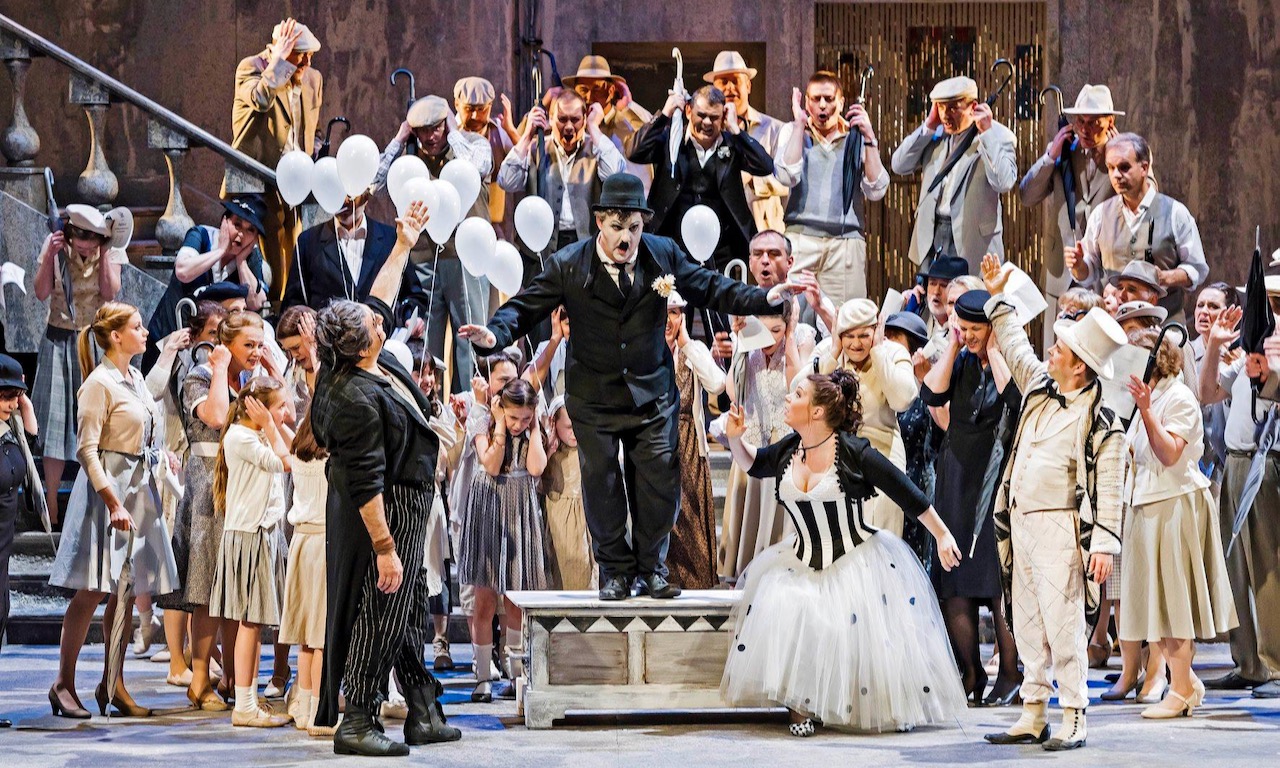
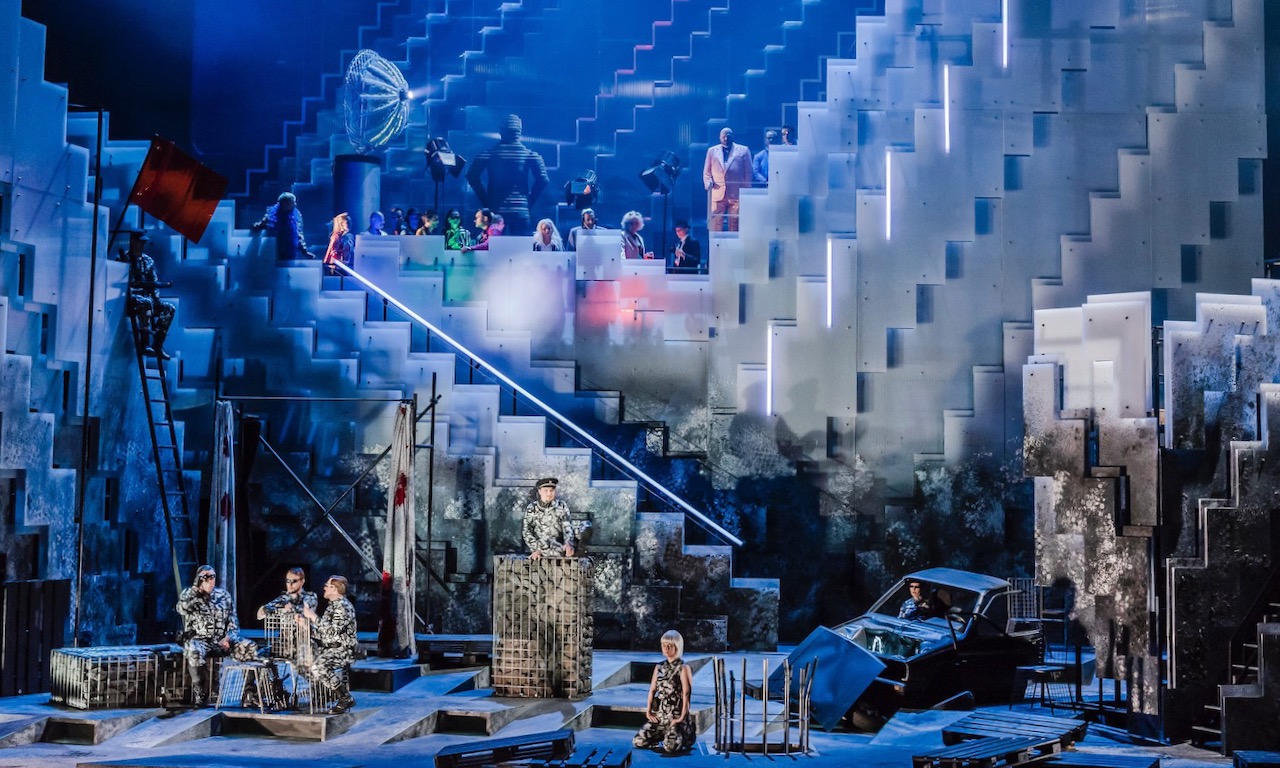
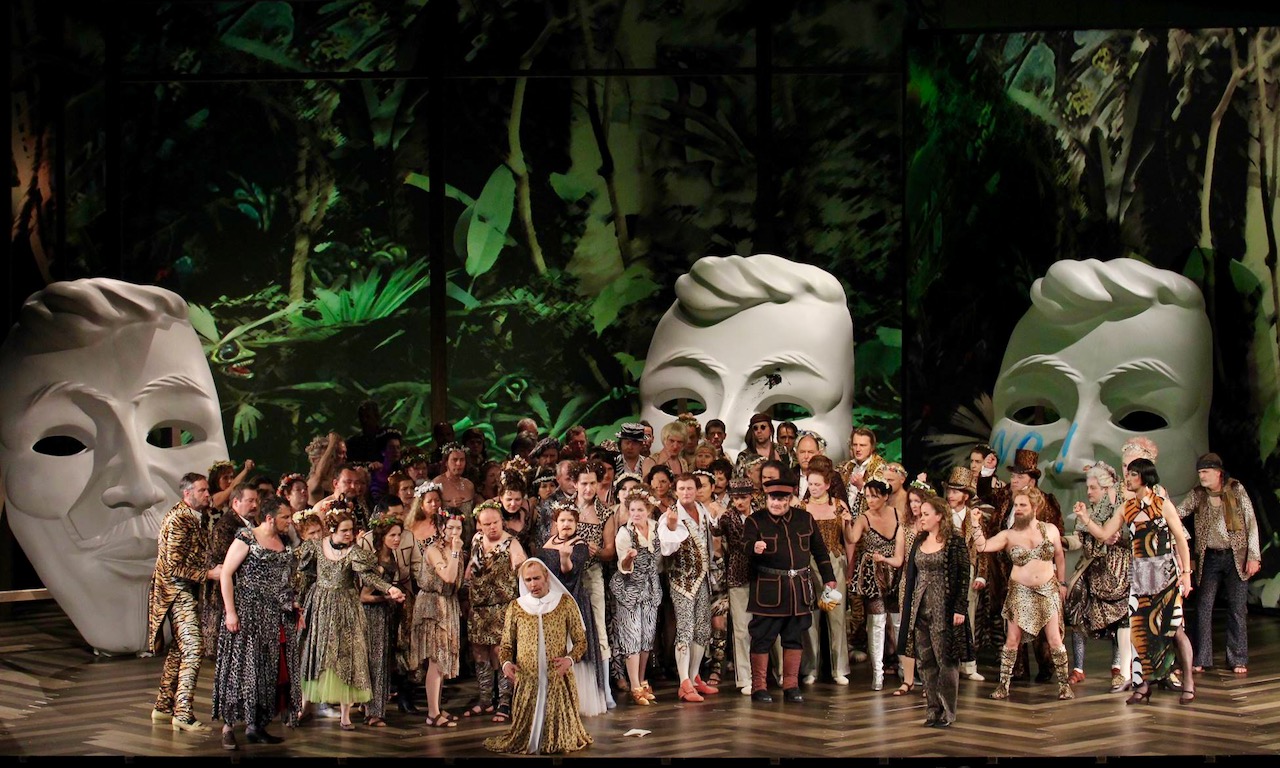


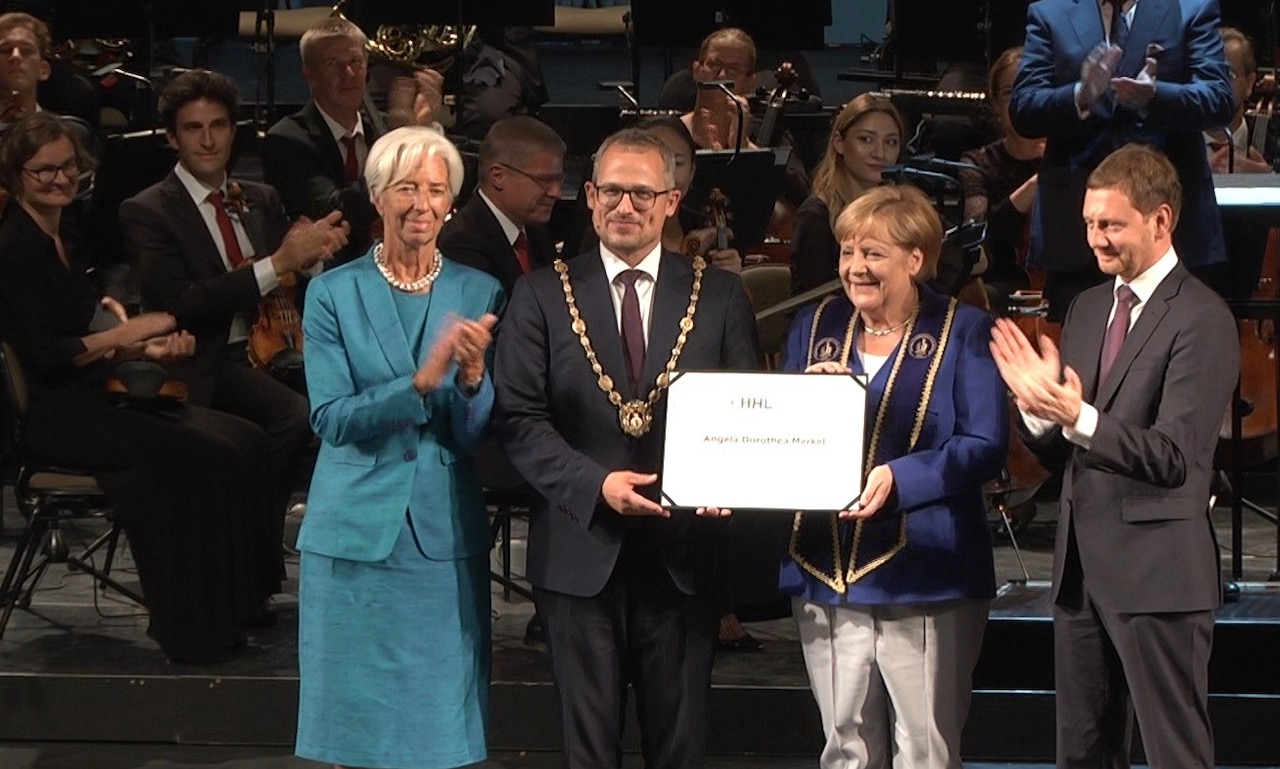
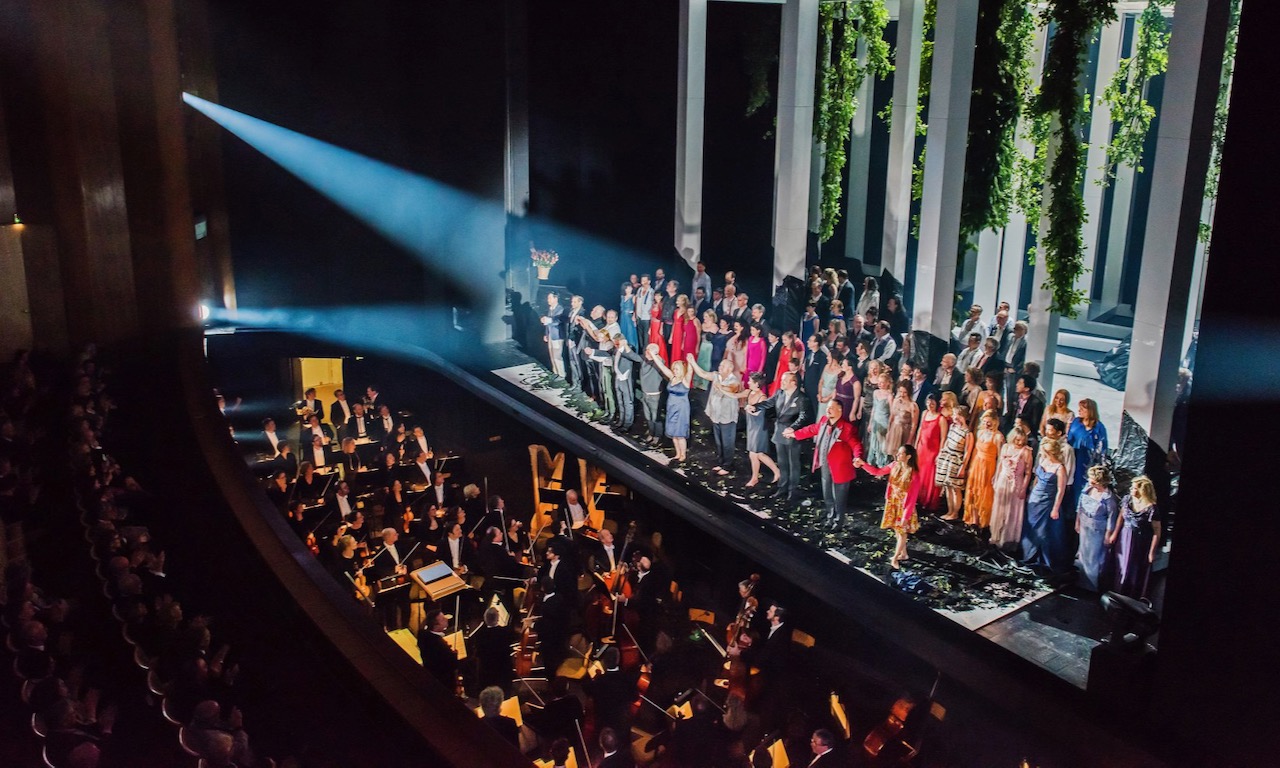
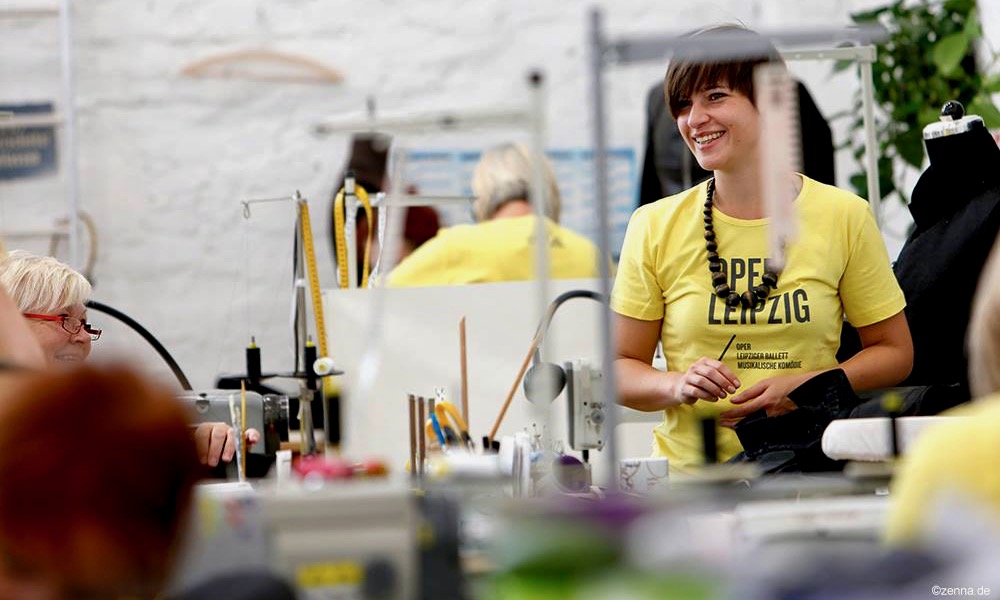
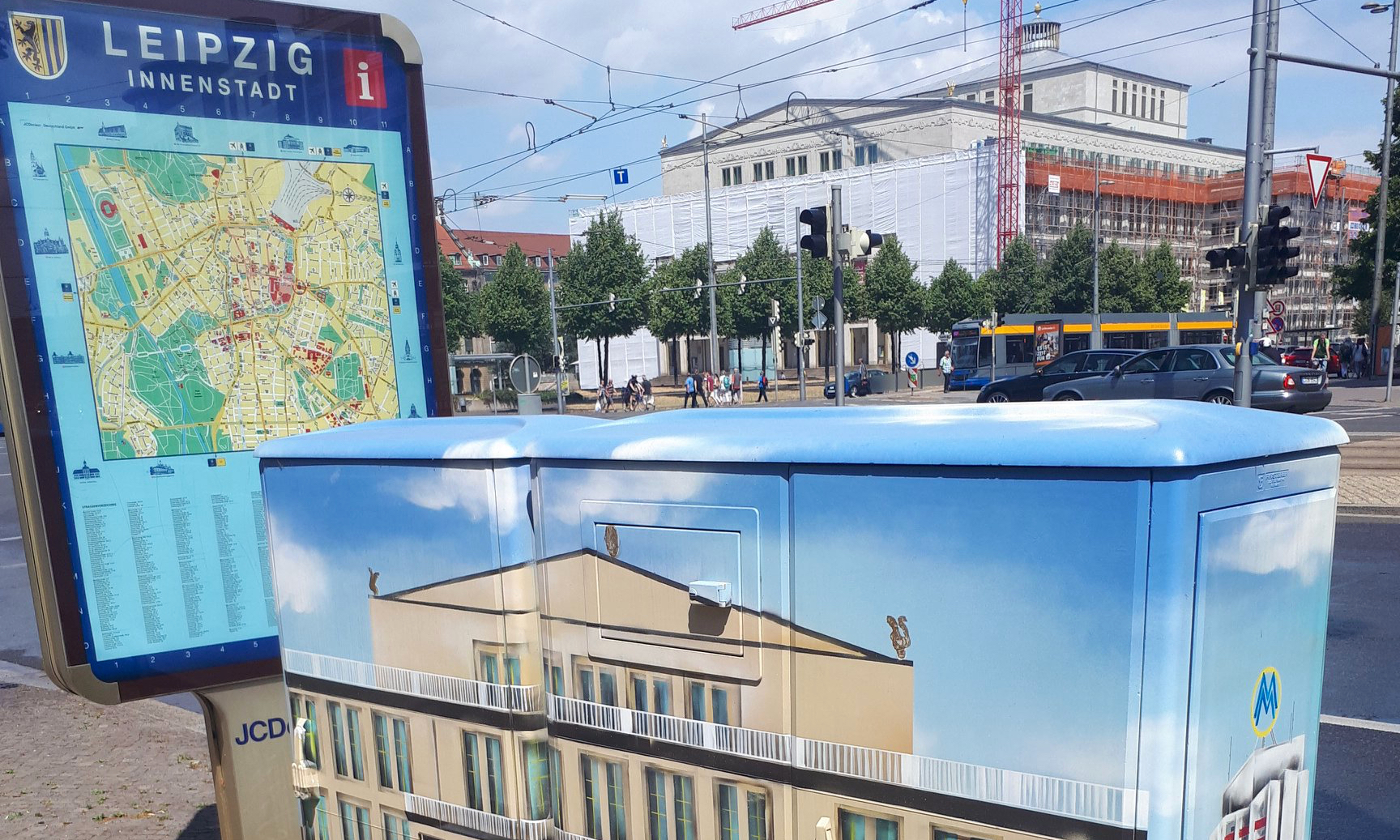
Photo:Oper Leipzig
Many of the products of the East German era had so-called German designs. It is a functional, simple, rugged image that eliminates vanity. I don’t know if it happened because of the influence of cominism, or because they didn’t have the money, technology, or materials to decorate.
This theater is a successful example of the architecture of that era. It is also the only newly built opera theater in East Germany, and the design that makes use of the straight lines gives off a cool beauty dignity.
Construction of the theater began in 1956. The design was done by Kunz Nierade. He is generally known for the building of the German University of Physical Culture, and later worked on the refurbishment of the Komische Oper in Berlin, but from a cohesive point of view, this theater is probably his masterpiece. Completed in 1960. At the opening performance on October 8, Wagner’s “Meistersinger in Nuremberg” was performed under the Baton of Franz Konwitschny.
The building built during the East German era is actually the 4th generation building. The bombing of Dresden during World War II is well known, but Leipzig was also bombed on the night of December 3, 1943, at which time the third theater was destroyed.
The first theater opened in 1693, and is the third civic theater in Europe after Venice and Hamburg. At that time, Leipzig continued to grow as a hub and commercial capital for trade routes on the European continent.
A few years later, Telemann entered the University of Leipzig. He organized an orchestra of students and citizens to develop music activities, and this theater was also the base. Then, in 1723, Bach arrived. He was active as a cantor of St. Thomas Church until his death in 1750. Since he spent half his life in this city, music fans have a strong image of this city as “the city of Bach”.
The characteristic of this city is that it was full of new and new spirits against the backdrop of economic prosperity. In 1743, the Gewandhaus Orchestra was established. It was the birth of the world’s first self-managed orchestra by a civil class that sets it apart from the court orchestra. It is also this city that has pioneered an era in which anyone can listen to the performance if they pay the entrance fee.
The second theater opened in 1766. This will be the Municipal Theater, where Hoffmann, Lortzink, Marschner and Schumann will play an active role. The third-generation theater was completed in 1868, and with the performance of a major work, it gradually increased its presence as one of Europe’s leading theaters. And it was the Gewandhaus Orchestra that supported them. They also acted as opera orchestras and became the center of the city’s music scene.
The combination is timeless and continues to this day. There are many examples of opera house orchestras performing concert activities. For example, as represented by the Vienna Philharmonic Orchestra, Dresden Staatskapelle, and Berlin Staatskapelle. However, the opposite is not so much. It is rare for a prestigious orchestra to enter the pit of the opera.
Leipzig is also the hometown of Wagner. In 1878, it was also the theater where the first through performance of the “The Ring of the Nibelung” was performed outside the Bayreuth Festival. When Wagner died in 1884, Bruckner’s Symphony No. 7, a funeral march, premiered here. Young Marler was also a music deputy director for a while.
Entering the Weimar Republic era, the theater worked on an unconventional repertoire. Krenek’s “Jonny Strikes Up” Played in 1927 and Weil’s Weill “The Rise and Fall of the City of Mahagonny” premiered at the theater in 1930. About an hour by train from Berlin, the city has always been ahead of its time. There is a good reason why the overture in this city to the collapse of East Germany was played.




